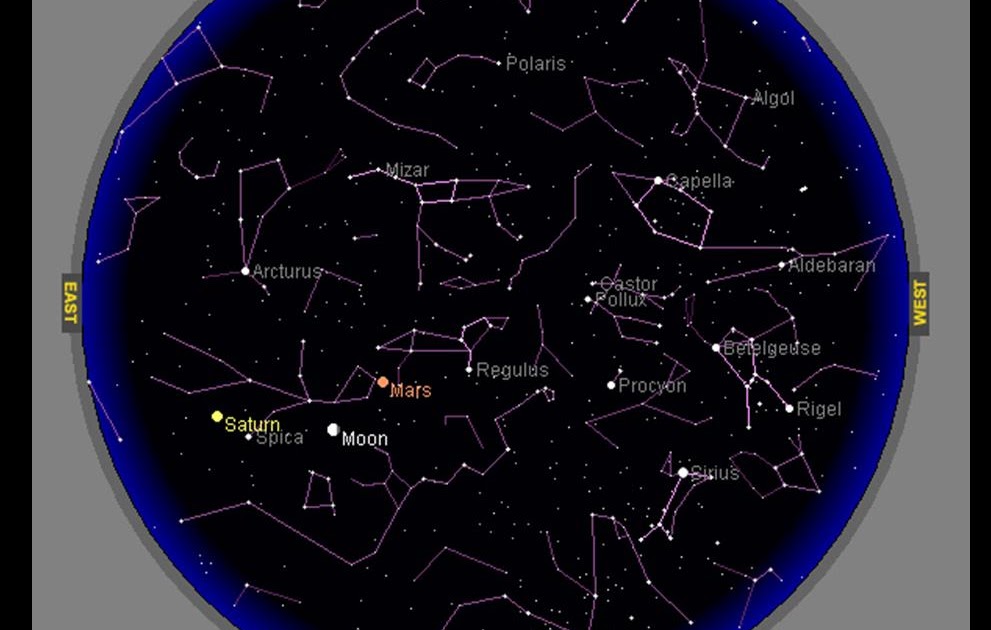The yearning of our vagabond hearts
Odysseus is described in some translations as a “vagabond” or “beggar” when Athene transforms him in order to ensure he is not killed on his way home (BkXIII:416-440 Athene disguises Odysseus).
“Resourceful Odysseus replied: “Why did you not inform him, then, you whose mind is all-knowing? Did you want him too to suffer dangers, wandering the restless waves while others consumed his inheritance?”
Then Athene, of the flashing eyes, answered: “Don’t trouble your heart too greatly over him. I guided him, so he would win fame for travelling there, and he has no problems, sitting at ease in Menelaus’ palace, with all the luxuries he needs before him. Yes, those young men in their black ship wait to ambush him, keen to murder him before he reaches home, but that will not happen I think. The earth will close over those Suitors who steal your possessions, long before then.”
So saying, Athene touched him with her wand. She wrinkled the smooth skin on his supple limbs, and thinned the fine hair on his scalp, and gave him the body of an old man. She dimmed the beauty of his eyes, and dressed him differently, in a wretched cloak and ragged tunic, of tattered filthy smoke-grimed cloth. Then she flung a large deerskin, devoid of hair, over his shoulders, and handed him a staff, and a sorry-looking leather pouch, punctured here and there, hanging from a piece of braided cord.
When the two of them had made their mutual plans, they parted: and the goddess left for glorious Lacedaemon, to bring back Odysseus’ son.”
Odysseus yearning throughout the story is clearly to return home to Penelope, Telemachus and Ithica and reclaim his rightful place as the leader of Ithica.
Issues with the toast: “Vagabond Hearts” not “Vagabond’s heart”, would suggest the player’s hearts as all Elite players are essentially travelers in space and start as poor commanders of the smallest ship and looking to get home (or to Raxxla?).
Odysseus is described in some translations as a “vagabond” or “beggar” when Athene transforms him in order to ensure he is not killed on his way home (BkXIII:416-440 Athene disguises Odysseus).
“Resourceful Odysseus replied: “Why did you not inform him, then, you whose mind is all-knowing? Did you want him too to suffer dangers, wandering the restless waves while others consumed his inheritance?”
Then Athene, of the flashing eyes, answered: “Don’t trouble your heart too greatly over him. I guided him, so he would win fame for travelling there, and he has no problems, sitting at ease in Menelaus’ palace, with all the luxuries he needs before him. Yes, those young men in their black ship wait to ambush him, keen to murder him before he reaches home, but that will not happen I think. The earth will close over those Suitors who steal your possessions, long before then.”
So saying, Athene touched him with her wand. She wrinkled the smooth skin on his supple limbs, and thinned the fine hair on his scalp, and gave him the body of an old man. She dimmed the beauty of his eyes, and dressed him differently, in a wretched cloak and ragged tunic, of tattered filthy smoke-grimed cloth. Then she flung a large deerskin, devoid of hair, over his shoulders, and handed him a staff, and a sorry-looking leather pouch, punctured here and there, hanging from a piece of braided cord.
When the two of them had made their mutual plans, they parted: and the goddess left for glorious Lacedaemon, to bring back Odysseus’ son.”
Odysseus yearning throughout the story is clearly to return home to Penelope, Telemachus and Ithica and reclaim his rightful place as the leader of Ithica.
Issues with the toast: “Vagabond Hearts” not “Vagabond’s heart”, would suggest the player’s hearts as all Elite players are essentially travelers in space and start as poor commanders of the smallest ship and looking to get home (or to Raxxla?).


